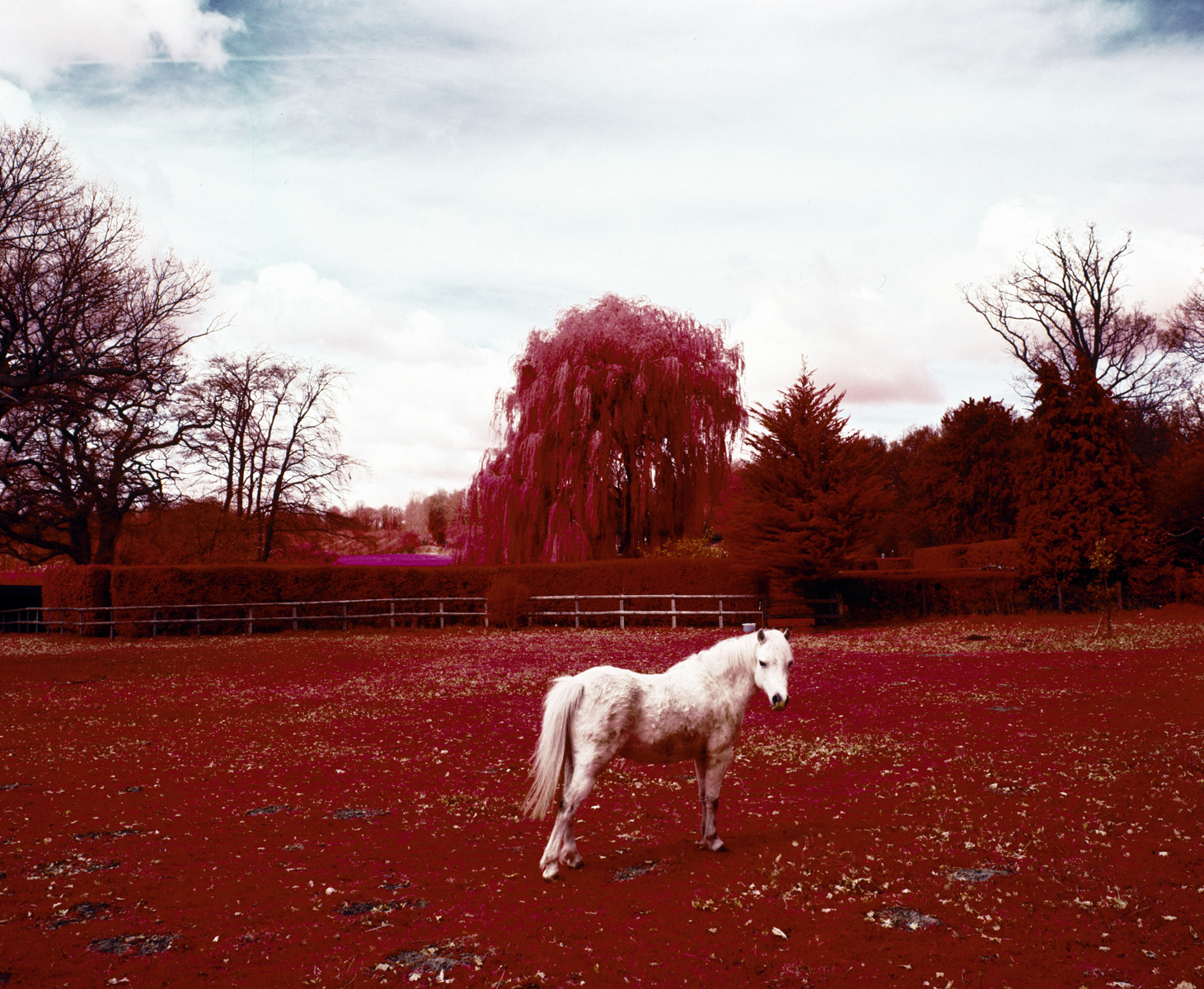
Book Review & Publication:
LensCulture
Creative Review
The Guardian
PetaPixel
Darren Campion Review
Leo Hsu Review
Lewis Bush
Toxic News / Dr Thom Davies
The Creators Project
BBC
Vice Motherboard
Photoworks
DesignBoom
Daily Mail Science
The Indepedent New Review
Infrarouge
Pipeline Photography Annual (Hong Kong)
PDN
We Heart
Ydoc
Yatzer
In his book The Unseen: An Atlas of Infrared Plates (Schilt
Publishing, 2016) Edward Thompson has set out to explore the boundaries of
perception, whether they are things outside our visual spectrum or events that
go unnoticed or unreported.
A respected British documentary photographer, his work has focused on various subjects over the years – from covering environmental issues, socio-political movements, subcultures and the consequences of war. In his work he often tries to be as intimate with a group as possible, to empathise with them and try to see what they saw in themselves. But there are limits to our sight; a documentary photographer can only photograph what they can see.
In 2010, while researching ways of documenting the haunted village of Pluckley in Kent, he stumbled upon articles claiming that ghosts could be revealed with infrared photography. Under normal conditions we see a visible wavelength of light between 400-700 nanometers and that's the range of light most cameras record. After some research he found that Infrared film with the correct filtration can reveal light between 750-1000 nanometers, it allows the invisible to be photographed.
After photographing The Village (2011) with 6 rolls of medium format Kodak Aerochrome film he started to research why this curious film had been made in the first place. From the original Kodak advertisements, scientific journals and library archives he devised a wider project using 52 of the last dead-stock rolls of Kodak Aerochrome in existence – pushing its boundaries to reveal the unseen.
A respected British documentary photographer, his work has focused on various subjects over the years – from covering environmental issues, socio-political movements, subcultures and the consequences of war. In his work he often tries to be as intimate with a group as possible, to empathise with them and try to see what they saw in themselves. But there are limits to our sight; a documentary photographer can only photograph what they can see.
In 2010, while researching ways of documenting the haunted village of Pluckley in Kent, he stumbled upon articles claiming that ghosts could be revealed with infrared photography. Under normal conditions we see a visible wavelength of light between 400-700 nanometers and that's the range of light most cameras record. After some research he found that Infrared film with the correct filtration can reveal light between 750-1000 nanometers, it allows the invisible to be photographed.
After photographing The Village (2011) with 6 rolls of medium format Kodak Aerochrome film he started to research why this curious film had been made in the first place. From the original Kodak advertisements, scientific journals and library archives he devised a wider project using 52 of the last dead-stock rolls of Kodak Aerochrome in existence – pushing its boundaries to reveal the unseen.
There is a wider thematic
at work; something beyond the more
superficial aesthetics of the infrared film. Although alluding to the interplay
between art and science, the work also dwells within the realm of science
fiction. We live in a time when art photographers are working to make fake
documentary fictions, but here the real seems unreal.
As well as being individual chapters the work can be viewed as a whole, creating a glimpsed narrative of some fated world. Great science fiction, whether it is focused on events of the future, alien planets, or an alternate history, is always passing comment on the present.
At the centre of the series is the idea of revealing things we cannot see, things that are beyond our perception. The notion that something is going on somewhere and that we are not aware of it. Paranoia.
Like the writing of Phillip K Dick, an alternate world has been created through changing a perceived truth. This other world looks startlingly different and is filled with apocalyptic narratives about disease, pollution, climate change, ghosts, floods, bees, and radioactive forests. The true horror comes when we acknowledge that this is our world and that the struggles and failures in it are our own.
Buy the book here
With thanks from support from
![]()
As well as being individual chapters the work can be viewed as a whole, creating a glimpsed narrative of some fated world. Great science fiction, whether it is focused on events of the future, alien planets, or an alternate history, is always passing comment on the present.
At the centre of the series is the idea of revealing things we cannot see, things that are beyond our perception. The notion that something is going on somewhere and that we are not aware of it. Paranoia.
Like the writing of Phillip K Dick, an alternate world has been created through changing a perceived truth. This other world looks startlingly different and is filled with apocalyptic narratives about disease, pollution, climate change, ghosts, floods, bees, and radioactive forests. The true horror comes when we acknowledge that this is our world and that the struggles and failures in it are our own.
Buy the book here
With thanks from support from
















The original crowdfunding video used on Kickstarter in 2016